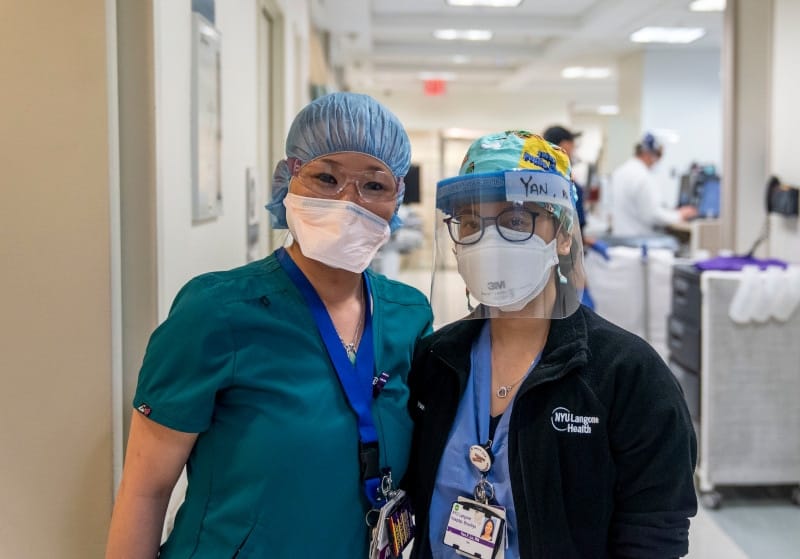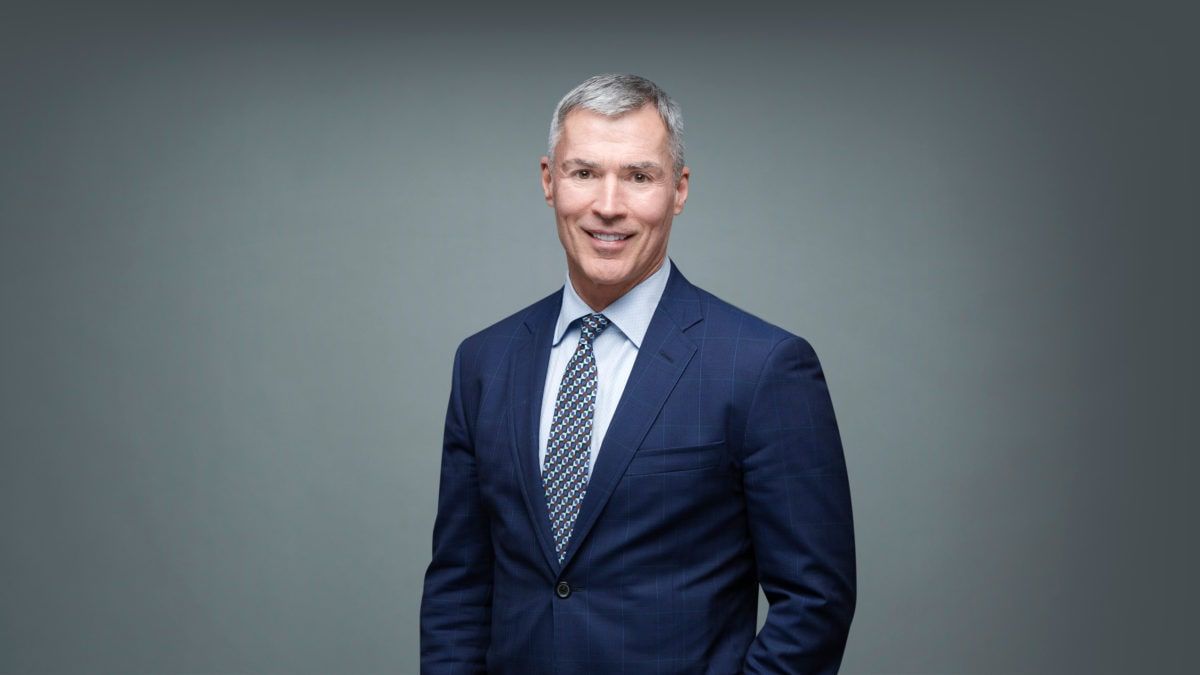Don’t Delay Your Care, Now Is the Time – OPINION


By Bret J. Rudy, MD.
When Covid-19 first took hold of Brooklyn in early March, hospitals responded in unprecedented ways, initiating policies and procedures to address myriad issues that came with the pandemic. In a relatively limited period of time, we reinvented healthcare focusing on a twofold mission: caring for infected patients while preventing transmission to uninfected patients and staff.
From all that we have been through, one defining issue has emerged: during the height of the pandemic people avoided the emergency department and other clinical settings because they were afraid of catching Covid-19, potentially forgoing care they desperately needed. Studies have shown delaying medical care was ultimately not worth the risk.
Data are emerging suggesting that non-Covid related deaths increased from March 1 to April 25 in New York City. The authors of a recent article published in the Journal of the American Medical Association noted, “Large increases in mortality from heart disease (398 percent increase), diabetes (356 percent increase), and other diseases were observed.” The authors added, “Further investigation is required to determine the extent to which these trends represent nonrespiratory manifestations of COVID-19 or secondary pandemic mortality caused by disruptions in society that diminished or delayed access to health care and the social determinants of health (e.g., jobs, income, food security).”
Another study by the Centers for Disease Control and Prevention (CDC) found that visits to emergency departments in the Northeast plummeted 42 percent from late March to late April, meaning fewer people were addressing their needs.

What unfortunately was not clear to patients during that period were the extensive measures taken—in all clinical settings—to ensure safe patient care environments. Some of the important steps implemented, as recommended by the CDC and the New York State Department of Health, include:
- Everyone entering healthcare facilities—staff, patients, visitors—are required to adhere to a strict screening protocol, including mandatory face masks.
- Paramedics and emergency medical technicians wear appropriate personal protective equipment (PPE) when responding to 911 calls.
- Social distancing is practiced whenever possible within our clinical settings, including staggering and spacing out appointments.
- Hospital environments have undergone structural changes to maintain isolation areas for potentially infected patients and to ensure safe air quality for those not infected.
- Upon entry, patients without Covid-19 symptoms are treated in separate areas of the emergency department from those who have symptoms or who have had recent contact with someone infected with the coronavirus.
- Visitors—now allowed at hospitals—remain limited to only those essential to the patient’s well-being and care, including partners, spouses, parents, or care providers, and are also required to wear masks and use good hand hygiene.
The increasing number of Covid-19 cases outside of our region leaves all of us worried of another uptick in our area if we are not careful in adhering to established protocols. That is why we, as healthcare providers, remain vigilant in ensuring that medical care is delivered in a safe environment. And why now is the time to visit your local healthcare provider and address your health concerns. Walk into an emergency department, schedule a time to visit a doctor, or call 911 in an emergency. We are standing by your side during this difficult time—and eager to see you stay healthy and strong.
Bret J. Rudy, MD, is senior vice president and chief of hospital operations at NYU Langone Hospital–Brooklyn.




